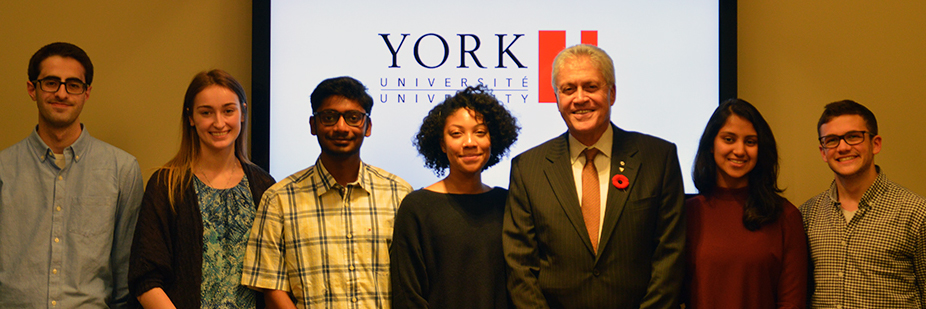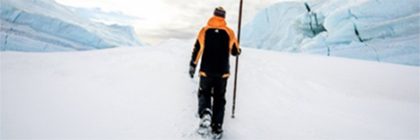York space engineering Professor Jinjun Shan will be heading to Alice Springs, Australia in April to deploy a modified 2-D Fabry-Pérot Spectrometer on a stratospheric balloon flight mission. The mission is the second for Shan.
Last fall, Shan and his team achieved a global first when they successfully flew their 2-D Fabry-Pérot Spectrometer on a stratospheric balloon during a 10-hour mission that saw the balloon and its scientific payload reach an altitude of 34 kilometres. The flight took place in Kiruna, Sweden, lifting Shan’s 2-D imaging Fabry-Pérot spectrometer aloft. The spectrometer, which was jointly developed by Shan’s team at YorkUniversity and MPB Communications Inc., was created to obtain very high spectral resolution measurements. In essence, it views sunlight that is absorbed and scattered by the atmosphere and reflected by the Earth’s surface.

“The measurements provide information on aerosols, surface pressure and surface albedo,” said Shan, who is Professor of Space Engineering in the Department of Earth and Space Science and Engineering (ESSE) in the Lassonde School of Engineering at York University. Shan is the principal investigator of the project, which is funded by the Canadian Space Agency (CSA), under its Flights for the Advancement of Science & Technology (FAST) program in 2014.
Professor Gordon Shepherd and Chris Sioris (PhD ’01) also from ESSE, are co-investigators on the project. Also contributing to the project development of instrumentation are a number of science and engineering researchers, including ESSE students.

For its first flight, Shan said the stratospheric balloon took off few minutes before 7am local time (about 1am EDT) on Saturday, Sept. 3at the Esrange Space Center, near Kiruna, Sweden. It landed around 2:15pm in Northern Finland, and the instrument was successfully recovered before 8pm. “The success of the flight was a first,” said a jubilant Shan.
Analysis of the observation data is ongoing and the second flight will contribute greatly to the understanding of aerosols, surface pressure and surface albedo, said Shan. He noted that during the eight-hour flight, key technologies of Fabry-Pérot spectrometer were successfully demonstrated and validated, leading to the second flight in April. It is anticipated, said Shan, that the technologies can now be readily be implemented on a future satellite mission.
And while the flight and the successful retrieval of observation data were exciting, one of the most memorable and life-changing moments for Shan was having a front row view of the Northern Lights, which, as if to celebrate the success of his project, decided to put on an early and magnificent appearance.



























